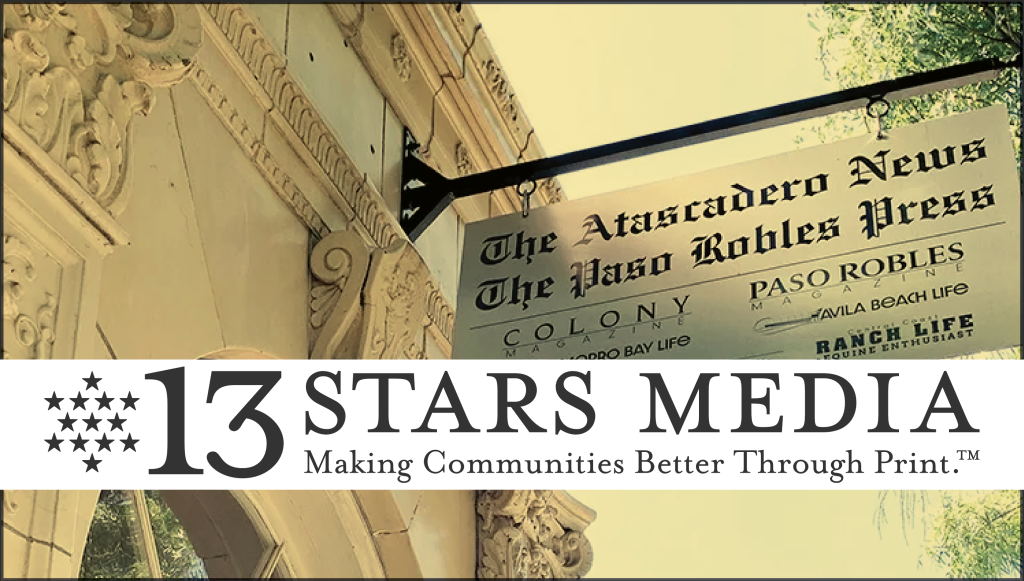by John Salisbury
“Farming is a profession of Hope!”
~ Brian Brett, Canadian Poet and Author
Last year, 2020, among all the other problems in the country, was also a mess for the wine business. Coming into the year with a big surplus of wine already in the tanks, record warm weather, fires, smoke tainted berries, growers without contracts, winery tasting rooms shut down, grapes not picked, and a low tons/acre crop with low prices made it a miserable time to be in the business.
The wine surplus came about from the previous years with new bearing acres, large tonnages per acre, and slow sales growth with all the new competing products on the market like craft beers, distilleries, seltzers, etc.
The one big benefit with the bad year is that much of the surplus wine on the market has been bought up, emptying tanks, and growers are finding markets for their winegrapes.
Restaurants will be opened soon, hopefully, with customers buying wine with their meals, large increases of on-line purchasing as a result of the shutdowns will still be utilized, tasting rooms open, winery contracts with good prices will cover the unsold grapes, a stiff 25 percent tariff on wine imports from Europe, and with enough water (questionable with another potential drought) and labor available it could be a good year for the industry.
The 2020 Wine Crush Report just came out, and here are some of the results to back up how bad it was last year. The total crush was down 14 percent, with red winegrapes down 16 percent. White winegrapes were down 10 percent, raisins down 30.5 percent, and table grapes down 29 percent. Chardonnay still is the largest percentage of winegrapes picked at 15.2 percent, Cabernet Sauvignon at 14.1 percent, raisins at less than 3 percent for the first time, and table grapes were a record low of 1.2 percent of the total crush.
The Central Coast had a brutal year. It was the lightest crop in six years, with the total winegrape value decreased by nearly 80,000 tons and 19 percent down from the five-year average. This resulted from a lighter crop, lower district prices, and the oversupplied market. Pinot Noir, suffering from loss sales with the closing of restaurants, faced a 19 percent lower price, and tonnage was down a whopping 37 percent.

The Central Valley had the largest share of the crush with only an average of $314/ton, but they make it up with many more tons per acre produced compared with Napa’s average price of $4,577 per ton and down 20.7 percent. Sonoma and Marin counties received the second-highest prices at $2,417 per ton, down 15.1 percent – what a difference a few miles and a separate valley make.
The overall average price for Chardonnay was $827, down 9.3 percent, Cab average price was $1,230 per ton down 30.5 percent, Zinfandel was $519/ton down 11 percent, while French Colombard, San Joaquin Valley’s “Jug White Wine” and a surprising third-largest varietal in the state at 8.7 percent, was up 4.2 percent at $287/ton I guess because many buyers were short of cash increasing demand. The overall average price for all varieties that got picked was $675/ton, down 16.8 percent from 2019.
I apologize for all the numbers, but it gives you a real idea of what the growers and wineries faced last year, but there is hope for a better year ahead. So, please support your local wineries, pack the tasting rooms, enjoy the wine festivities, and drink your share of the fabulous Central Coast wines.







You must be logged in to post a comment.